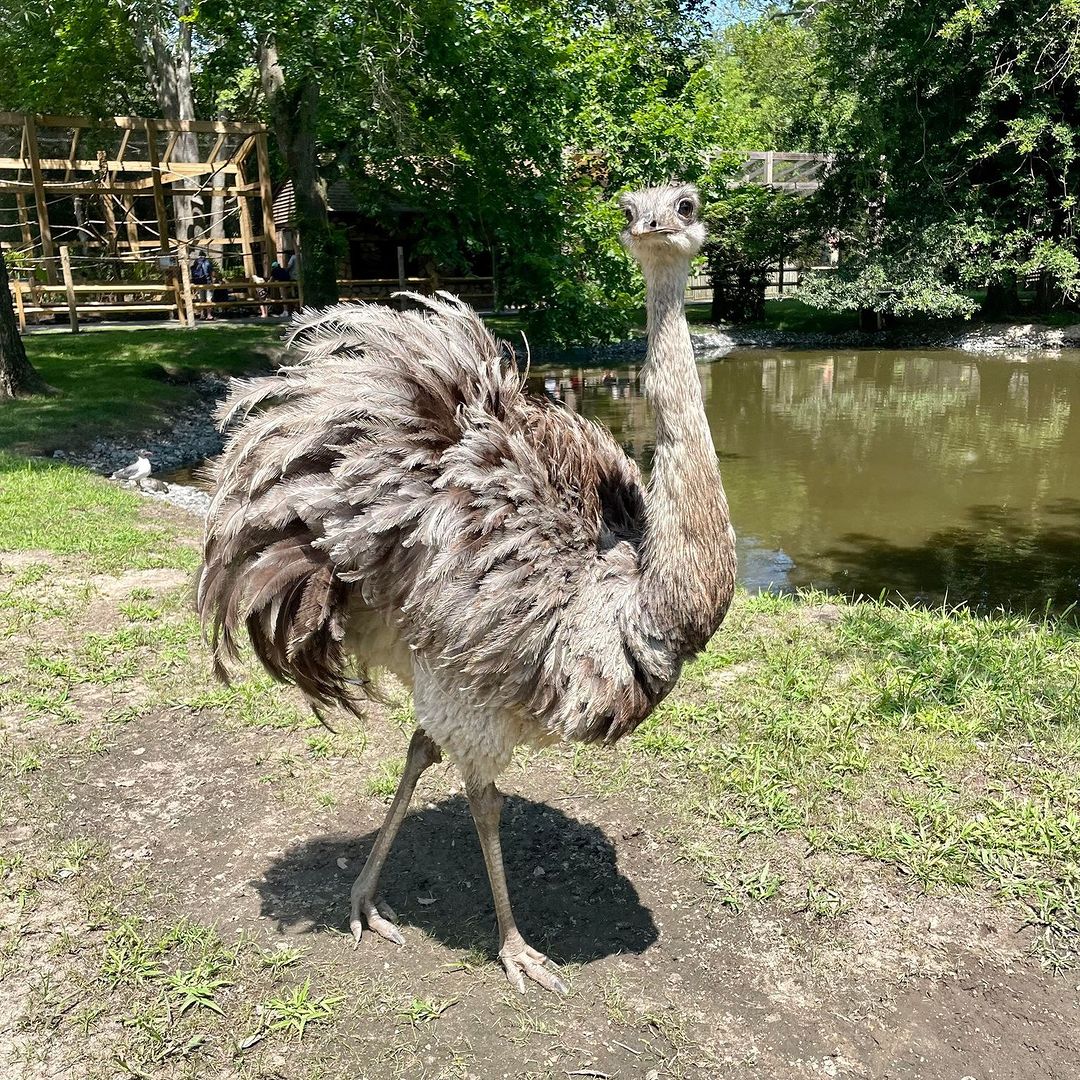Summary:
1. Introduction to the uniqueness of flightless birds
2. The characteristics and adaptations of ratites
3. The fascinating lives of rheas
4. Exploring the connections between rheas and other flightless birds
5. Encouraging readers to visit the zoo and meet the new resident rheas
“Don’t feel sad. It’s alright. Many things can’t fly. Rocks, trees, sticks… and rheas!” Yes, you read that right. A whole group of birds out there have evolved differently from their flying counterparts. These flightless birds are known as ratites and offer a unique and fascinating look into evolution and adaptation. In this article, we’ll delve into the intriguing lives of these birds, with a particular focus on the rhea species. So, buckle up and let the exploration begin!
Ratites, the group to which rheas belong, are diverse, featuring some of Earth’s giant birds. Ostriches, emus, cassowaries, kiwis, and our star of the show, rheas, all fall under this category. While they may not be up in the skies like their winged companions, they have other remarkable attributes to compensate for.
For flighted birds, wings primarily serve the purpose of soaring through the air, but for ratites, they play entirely new roles. Their small wings are mainly used for balance and steering while running on their long, powerful legs. This adaptation allows them to gracefully maneuver through their habitat, even if they cannot take to the skies. It’s truly a marvel to witness these birds in motion.
Now, let’s turn our attention to rheas themselves. These magnificent creatures can be found in parts of South America, and they come in two distinct species – the common rhea and the lesser rhea. Growing up to six feet tall, they are the tallest birds in South America and the second tallest in the world, only surpassed by their distant relative, the ostrich.
Rheas have adapted remarkably well to their environments and play crucial roles in their ecosystems. They are omnivorous, feeding various plants, small animals, and insects. As they conduct their daily activities, they inadvertently assist in seed dispersal, acting as nature’s gardeners. Additionally, they are known to create tiny holes called “healthy” while searching for water and minerals. These holes then become vital water sources for other animals in arid regions.
What’s even more fascinating is the connection between rheas and other flightless birds across the globe. Despite being geographically isolated, these birds have converged upon similar physical adaptations due to similar environmental pressures. Nature has an incredible way of shaping creatures in parallel, even when they are continents apart. It’s a testament to the boundless wonders of evolution.
If our exploration of rheas and ratites has piqued your interest, why not visit the zoo and meet our newest residents? Two rheas have recently joined our zoo family and happily reside in the Capybara yard. They are a sight to behold, with their graceful strides and distinctive appearance. We guarantee that the experience of observing these flightless wonders up close will leave you in awe of the diversity and beauty of the animal kingdom.
In conclusion, flightlessness does not equate to sadness or limitation. Instead, it opens the door to a world of adaptation, unique features, and extraordinary lives. Ratites, including rheas, have perfectly adapted to their environments, showcasing the wonders of evolution. So, next time you encounter a rhea, remember that it may not fly like other birds but has incredible abilities and contributions to its ecosystem. Take a moment to appreciate life’s diversity, and perhaps visit our zoo to witness these remarkable creatures in person.
*****
Source Description
“…don’t feel sad. It’s alright. Many things can’t fly. Rocks, trees, sticks, Spike…”
Don’t worry, rheas; you’re not the only one! A whole group of birds, called ratites, can’t fly. This group also includes ostriches, emus, cassowaries, and kiwis. Their wings serve different functions than they would for flighted birds. Wings are used to balance and help them turn when running on their long, powerful legs!
Stop by the zoo to meet our two new residents, rheas, in the Capybara yard!
(📷: Zookeeper Steph)

